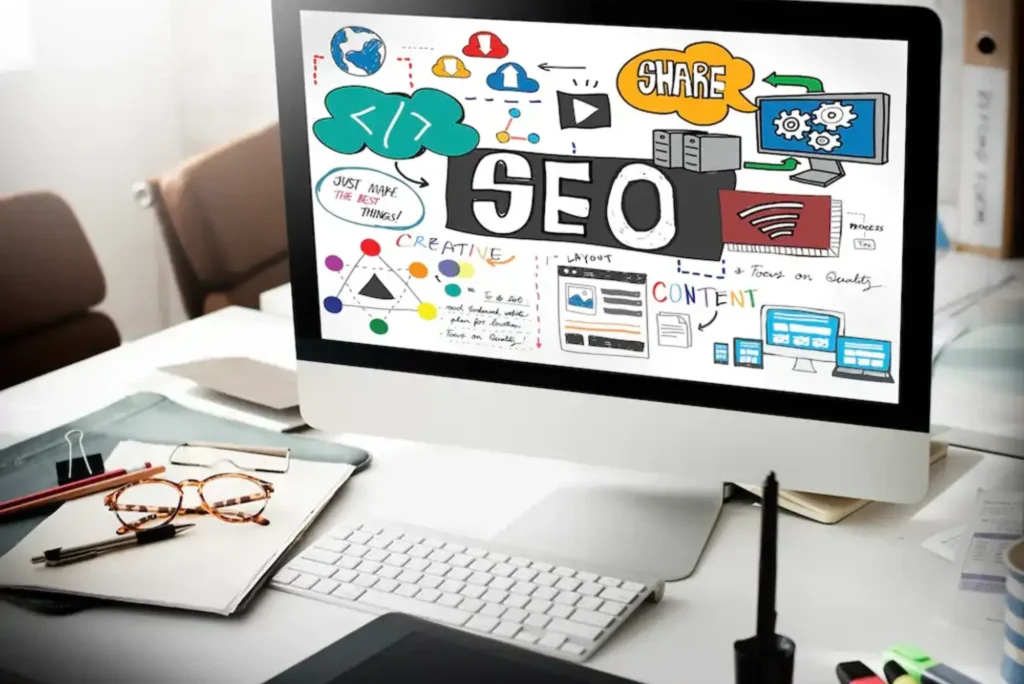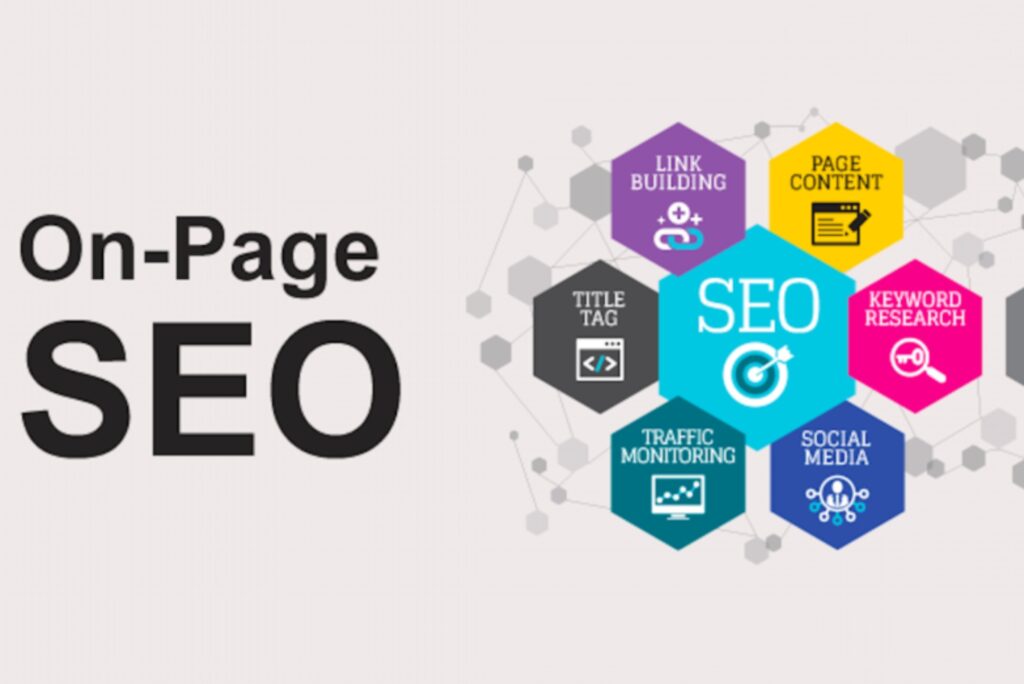What is On-Page SEO
On-page SEO refers to the optimization of individual web pages to improve their search engine rankings and attract organic traffic. Unlike off-page SEO, which focuses on external factors like backlinks and social signals, on-page SEO involves optimizing various elements directly on the webpage itself. These elements include content, HTML source code, meta tags, images, and internal linking structure. By optimizing these elements according to search engine guidelines and best practices, website owners can improve their chances of ranking higher in search engine results pages (SERPs) and driving more targeted traffic to their site.
The Importance of On-Page SEO
On-page SEO is essential for several reasons. Firstly, it helps search engines understand the content and context of a webpage, making it easier for them to index and rank it for relevant search queries. Secondly, by optimizing on-page elements, website owners can enhance the user experience, leading to higher engagement, lower bounce rates, and increased conversions. Additionally, on-page SEO lays the foundation for successful off-page SEO efforts, as high-quality content and well-optimized pages are more likely to attract natural backlinks and social shares from other websites and users.

Key Elements of On-Page SEO
Content Optimization
High-quality, relevant content is the cornerstone of on-page SEO. This includes incorporating target keywords naturally throughout the content, optimizing meta tags (title tag, meta description, heading tags), and ensuring readability and user engagement.
URL Structure
A clean and descriptive URL structure is important for both search engines and users. What is On-Page SEO Use descriptive keywords in the URL slug and avoid using long strings of numbers or irrelevant characters.
Meta Tags
Meta tags, including the title tag and meta description, provide valuable information about the content of a webpage to search engines and users. Optimize these tags with relevant keywords and compelling messaging to improve click-through rates in search results.
Header Tags
Header tags (H1, H2, H3, etc.) help organize the content on a webpage and provide hierarchy to the information. Use header tags to structure your content logically and include relevant keywords where appropriate.
Image Optimization
Optimize images by using descriptive file names, alt text, and captions. This not only improves accessibility for visually impaired users but also provides additional context to search engines, helping them understand the content of the images.
Internal Linking:
Internal linking helps distribute link equity throughout your website and improves the crawlability and indexing of your pages. Use descriptive anchor text and strategically link to relevant pages within your site.
Best Practices for On-Page SEO
- Conduct keyword research to identify relevant keywords and phrases to target in your content.
- Create high-quality, valuable content that addresses the needs and interests of your target audience.
- Optimize meta tags, headers, and other on-page elements with relevant keywords and compelling messaging.
- Ensure your website is mobile-friendly and loads quickly to provide a seamless user experience.
- Regularly monitor and analyze your website’s performance using tools like Google Analytics and Google Search Console, and make adjustments as needed.
In conclusion, on-page SEO is a fundamental aspect of search engine optimization that involves optimizing individual web pages to improve their visibility and rankings in search engine results. By focusing on elements such as content, meta tags, URL structure, and internal linking, website owners can create a user-friendly experience that not only attracts organic traffic but also engages and converts visitors. By following best practices and staying updated on search engine guidelines, you can ensure that your website is well-optimized for on-page SEO and positioned for success in the competitive online landscape.

SEO Meaning
SEO Meaning, or Search Engine Optimization, refers to the process of improving a website to increase its visibility in search engines like Google. It involves various techniques to enhance a site’s ranking in search engine results pages (SERPs), including optimizing content, keywords, and technical aspects of the site. The goal of SEO is to attract more organic (non-paid) traffic, improve user experience, and ultimately drive conversions. By understanding and implementing effective SEO strategies, businesses can achieve greater online visibility and success.
Al Hidayah Typing Center
Al Hidayah Typing Center is a leading provider of professional typing services in [location]. Specializing in document preparation, data entry, and administrative support, Al Hidayah Typing Center caters to individuals and businesses in need of accurate and efficient typing solutions. With a team of experienced typists and a commitment to quality and customer satisfaction, Al Hidayah Typing Center has earned a reputation as a trusted partner for all typing needs. Whether it’s typing legal documents, filling out forms, or formatting reports, clients can rely on Al Hidayah Typing Center for prompt and reliable service.








